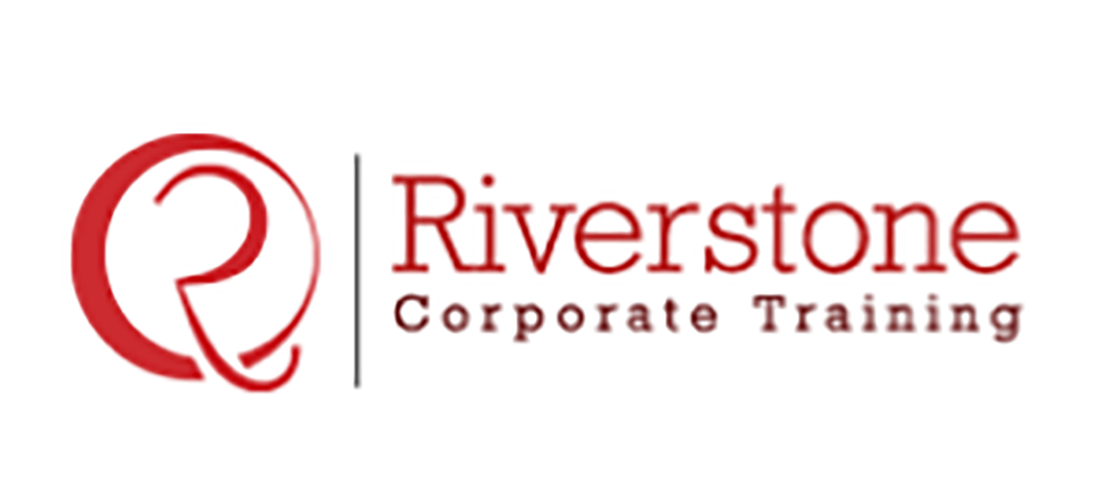E-learning content design strategies
When it comes to e-learning, content is still king. No matter how well-designed your course is or how user-friendly your interface is, learners will only stick around if your content is up to par. This is why designing e-learning content with the learner in mind is essential. What are they trying to achieve? What do they need to know? How can you make it engaging and exciting? This blog post will explore e-learning content design strategies to help you create more engaging and practical courses. From chunking content to multimedia, read on to learn more about how to design e-learning content that learners will love.
Conduct Research
Regarding e-learning content design, a few key strategies can help ensure your content is engaging and effective. One of the essential things you can do is conduct research on your topic and audience. This will help you understand what kind of content is suited to your learners and what won’t. It’s also essential to keep up with the latest trends in e-learning so you can incorporate new technologies and approaches into your content. Finally, remember to test your content before you launch it. This will help you identify any areas that need improvement to make the necessary changes . By following these tips, you can be confident that your e-learning content is of the highest quality
Quality Over Quantity
- Engaging Content
The first thing you should look for in quality e-learning content is engagement. After all, what’s the point of making e-learning content if your employees aren’t going to use it? Look for e-learning modules that are interactive and engaging, with plenty of activities and quizzes to keep learners engaged throughout. - Up-to-Date Information
Another essential thing to look for in quality e-learning content is up-to-date information. With the high pace of change in today’s business world, your employees must be trained on the latest trends, technologies, and best practices. Ensure that the e-learning modules you select use current information and examples. - Relevant to Your Industry
In addition to being up-to-date, it’s also essential that the e-learning content you choose is relevant to your industry. There’s no point in investing.
Create Captivating Introduction Pages
- A brief but attention-grabbing headline
- An overview of what the course will cover
- An engaging video or image
- A call to action (CTA)
Determine The Goals of The Content
Before you start creating your e-learning content, it’s essential to take some time to think about what goals you want your content to achieve. What do you want your learners to be able to do after completing your course? Some common goals for e-learning content include:
- increasing knowledge on a particular topic
- developing new skills
- changing attitudes or behaviors
Think about what you want your learners to be able to do after completing your course, and use this as a starting point for designing your content. Once you know what goals you want to achieve, you can start thinking about how best to design your content to achieve these goals.
Identify The Audience
Delegate Tasks Between Team
As the e-learning content design process can be pretty time-consuming, delegating tasks between team members is essential to stay on schedule. When delegating tasks, consider each team member’s strengths and weaknesses to assign tasks best suited for them. For example, if you have a team member who is particularly strong in writing, you may want to assign them the task of creating the e-learning content outlines.
In the end, if you have a team member who is better at visual design, you may want to assign them the task of creating graphics for the e-learning modules. In addition to delegating tasks based on team members’ strengths, it is also essential to consider their workloads when assigning tasks. Be sure to distribute tasks evenly so that team member scan stay calm. Considering all the factors, you can ensure that your e-learning content design process runs smoothly and efficiently.
Conduct Survey
Develop The Content
- Make sure your content is engaging.
Your learners will only retain information if they’re engaged with the material. That means your content should be engaging, interactive, and visually appealing. - Keep it concise.
People want to avoid sitting through a long, drawn-out e-learning course. Keep your content concise, and to the point so learners can quickly digest the information. - Use different media types.
Don’t rely on text to get your point across—use different media types, such as videos, infographics, and images, to swap the text and keep learners engaged. - Make it interactive.
Including interactivity in your content will make it more engaging and helps learners retain information better. Try incorporating quizzes, polls, or other interactive elements into your courses.

